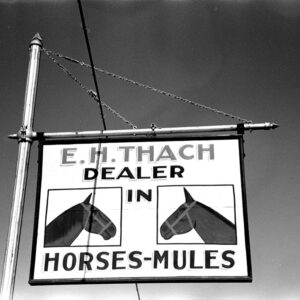 Eudora Sign
Eudora Sign
County: Chicot
 Eudora Sign
Eudora Sign
 Eudora Street Scene
Eudora Street Scene
Eunice Expedition
Farmer, John (Lynching of)
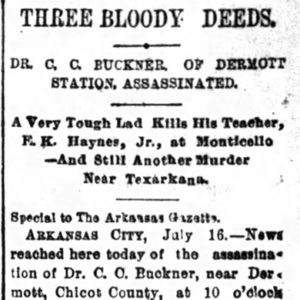 John Farmer Lynching Article
John Farmer Lynching Article
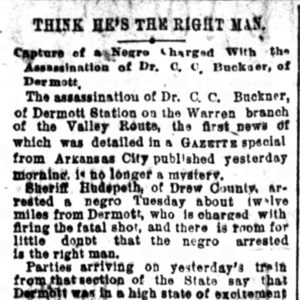 John Farmer Lynching Article
John Farmer Lynching Article
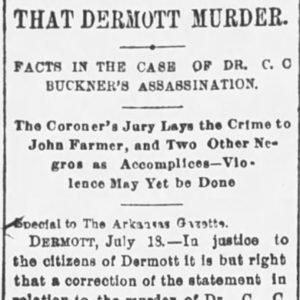 John Farmer Lynching Article
John Farmer Lynching Article
 John Farmer Lynching Article
John Farmer Lynching Article
Faulkner, Sandford C. “Sandy”
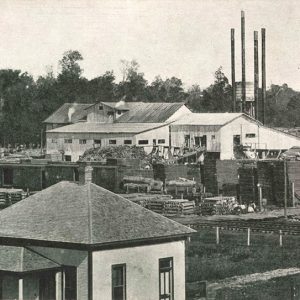 Fee Crayton Co.
Fee Crayton Co.
 Gaines Cafeteria
Gaines Cafeteria
Gaines’ Landing, Skirmish at (July 20, 1862)
Gaines’ Landing, Skirmish at (June 28, 1863)
Garner, Margaret “Peggy”
 Great River Road Welcome Center
Great River Road Welcome Center
 Greenville Bridge
Greenville Bridge
 Guachoya Art Center
Guachoya Art Center
Hart, Clyde
Hicks, Robert (Lynching of)
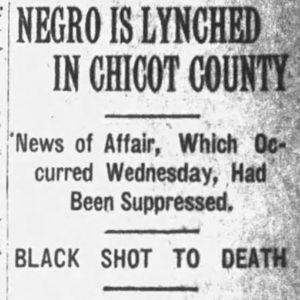 Robert Hicks Lynching Article
Robert Hicks Lynching Article
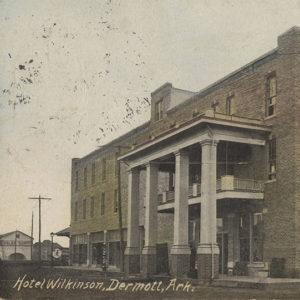 Hotel Wilkinson
Hotel Wilkinson
J. Wilson [Steamboat]
 Jerome Buildings
Jerome Buildings
 Jerome Closing
Jerome Closing
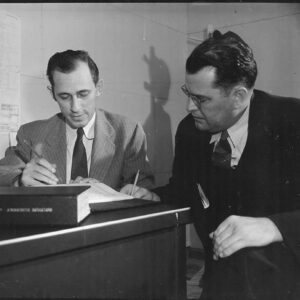 Jerome Directors
Jerome Directors
Jerome Relocation Center
 Jerome Relocation Center
Jerome Relocation Center
Johnson, Henry (Lynching of)
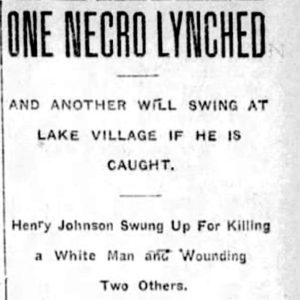 Henry Johnson Lynching Article
Henry Johnson Lynching Article
Johnson, Lycurgus Leonidas
Jones, Green Hill
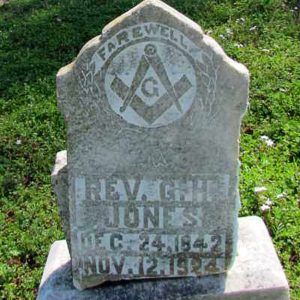 G. H. Jones Gravesite
G. H. Jones Gravesite
Lake Chicot
Lake Chicot State Park
 Lake Chicot State Park
Lake Chicot State Park
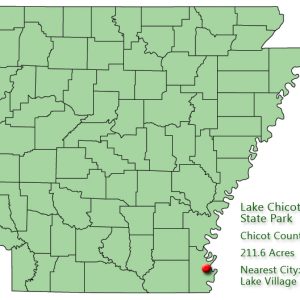 Lake Chicot State Park: Park Location
Lake Chicot State Park: Park Location
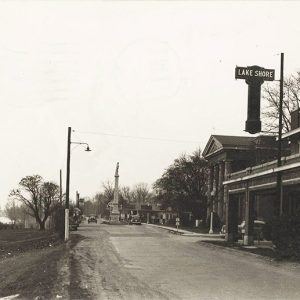 Lake Shore Drive
Lake Shore Drive
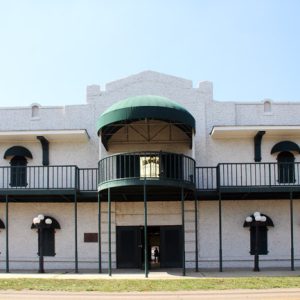 Lake Shore Hotel
Lake Shore Hotel
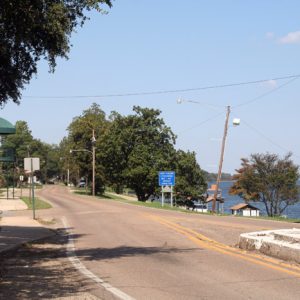 Lake Village
Lake Village
 Lake Chicot
Lake Chicot
Lake Village (Chicot County)
Lake Village Confederate Monument
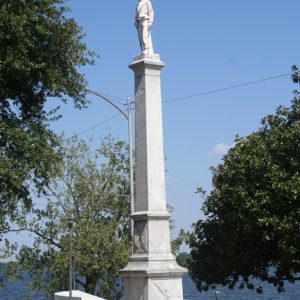 Lake Village Confederate Soldiers Monument
Lake Village Confederate Soldiers Monument
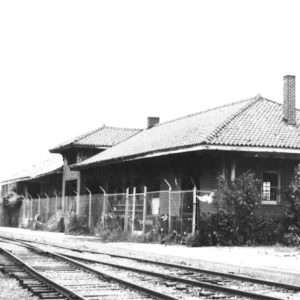 Lake Village Depot
Lake Village Depot
 Lake Village Flood
Lake Village Flood
Lake Village Post Office
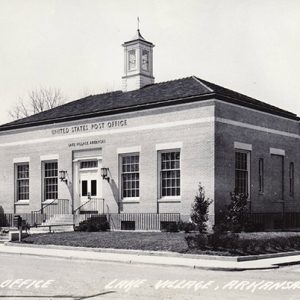 Lake Village Post Office
Lake Village Post Office
 Lake Village Post Office
Lake Village Post Office
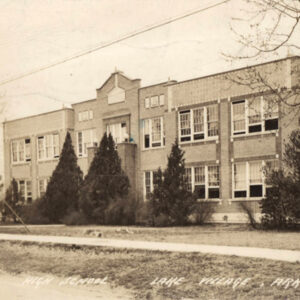 Lake Village School
Lake Village School
 Lake Village Shoppers
Lake Village Shoppers




